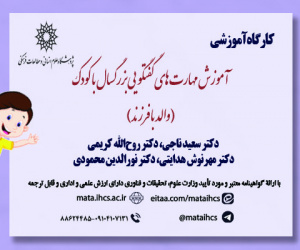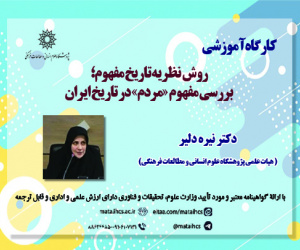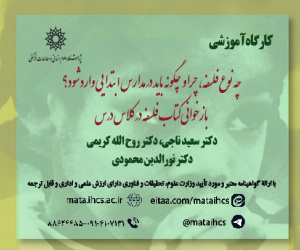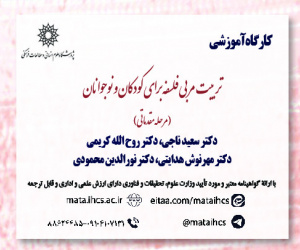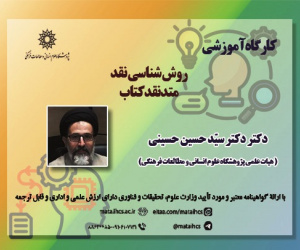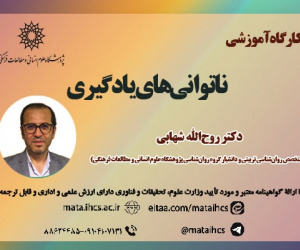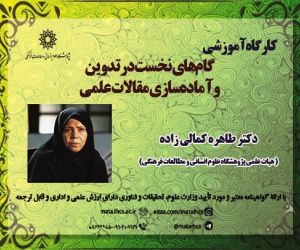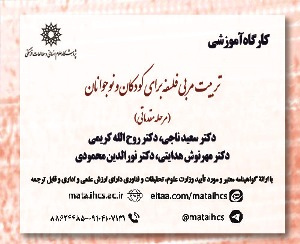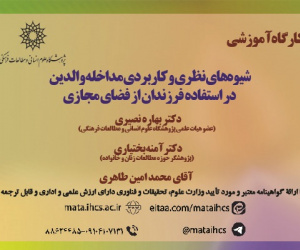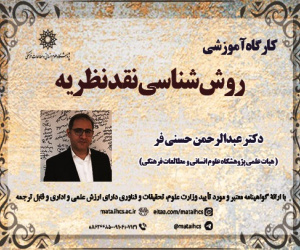بررسی مفهوم «قابلیت ادراک شده» در حفاظت از میدان های تاریخی شهری در ایران (مقاله علمی وزارت علوم)
درجه علمی: نشریه علمی (وزارت علوم)
آرشیو
چکیده
قابلیت ادراک شده یکی از مفاهیم کلیدی و پر کاربرد در حوزه روان شناسی محیطی است که در شناخت رابطه الگوهای رفتاری و نیازهای کاربران با محیط به کار می رود. ازطرفی، بخش بسیار مهمی از فرایند حفاظت در میدان های تاریخی، مشارکت ذی نفعان و رابطه متقابل آن ها با محیط است. این مفهوم در حوزه حفاظت معماری، هنوز جایگاه مشخص و روشنی ندارد؛ ازاین رو تعیین جایگاه قابلیت های ادراک شده در فرایند حفاظت، به خصوص در میدان های تاریخی به عنوان گونه ای از فضای عمومی شهری، می تواند در شناخت و درک بیشتر و کامل تر ارتباط ذی نفعان با میدان و در پی آن تصمیم های حفاظتی تأثیر گذار باشد. هدف این پژوهشِ کاربردی، تبیین و بررسی نقش قابلیت در فرایند حفاظت میدان های تاریخی شهری است. در پژوهش حاضر، نخست در رویکردی تحلیلی و با روش توصیفی، آرا و نظرات معتبر با محوریت مفهوم قابلیت ادراک شده بررسی شده است؛ سپس در یک فرایند استدلال منطقی، جایگاه این مفهوم در فرایند حفاظت میدان های تاریخی تعیین شده است. به این منظور، مفاهیم روندهای مشارکتی در حفاظت و مدیریت تغییرات با نقش محوری ذی نفعان از یک سو و مفاهیم ارزش، نیاز و ادراک در حوزه قابلیت ادراک شده ازسوی دیگر، بررسی و رابطه میان آن ها مستدل شد. نتایج نشان می دهد که تبیین قابلیت های ادراک شده توسط ذی نفعان میدان های تاریخی و تفسیر آن ها و سپس تهیه راهبردهای اقدامی مناسب با این قابلیت ها و شرایط ادراک ذی نفعان، می تواند به رویکرد توصیه شده از پایین به بالا و نقش ذی نفعان در حفاظت از میدان های تاریخی کمک کند.Investigating the Concept of "Affordance" in the Protection of Urban Historic Squares in Iran
Affordance is one of the critical and widely utilized concepts in the field of environmental psychology that aids in understanding the relationship between behavioral patterns and user needs with the environment. A significant portion of the conservation process in historical squares involves the participation of stakeholders and their mutual relationship with the environment. This concept lacks a clear definition of architectural conservation. Determining the role and position of Affordances in the conservation process, particularly in historical squares as a type of urban public space, can have an impact on fully understanding the relationship between stakeholders and the squares and any subsequent conservation decisions. This applied study aims to explain and investigate the role of affordance in the conservation process of historical squares. Initially, valid opinions and views centered on the concept of affordance were investigated with an analytical-descriptive approach. Subsequently, the role of this concept in the conservation process of historical squares was determined using a logical reasoning process. To this end, the concepts of participatory trends in the protection and management of changes with the central role of stakeholders, as well as the concepts of value, need, and perception in affordance, were investigated, with the relationship between them being analyzed and documented. The findings indicate that elucidating the affordance of historical squares by stakeholders, interpreting them, and preparing appropriate action plans based on said affordances and the conditions of stakeholder perceptions can be beneficial to the recommended bottom-to-top approach, facilitating the role of stakeholders in protecting historical squares.
